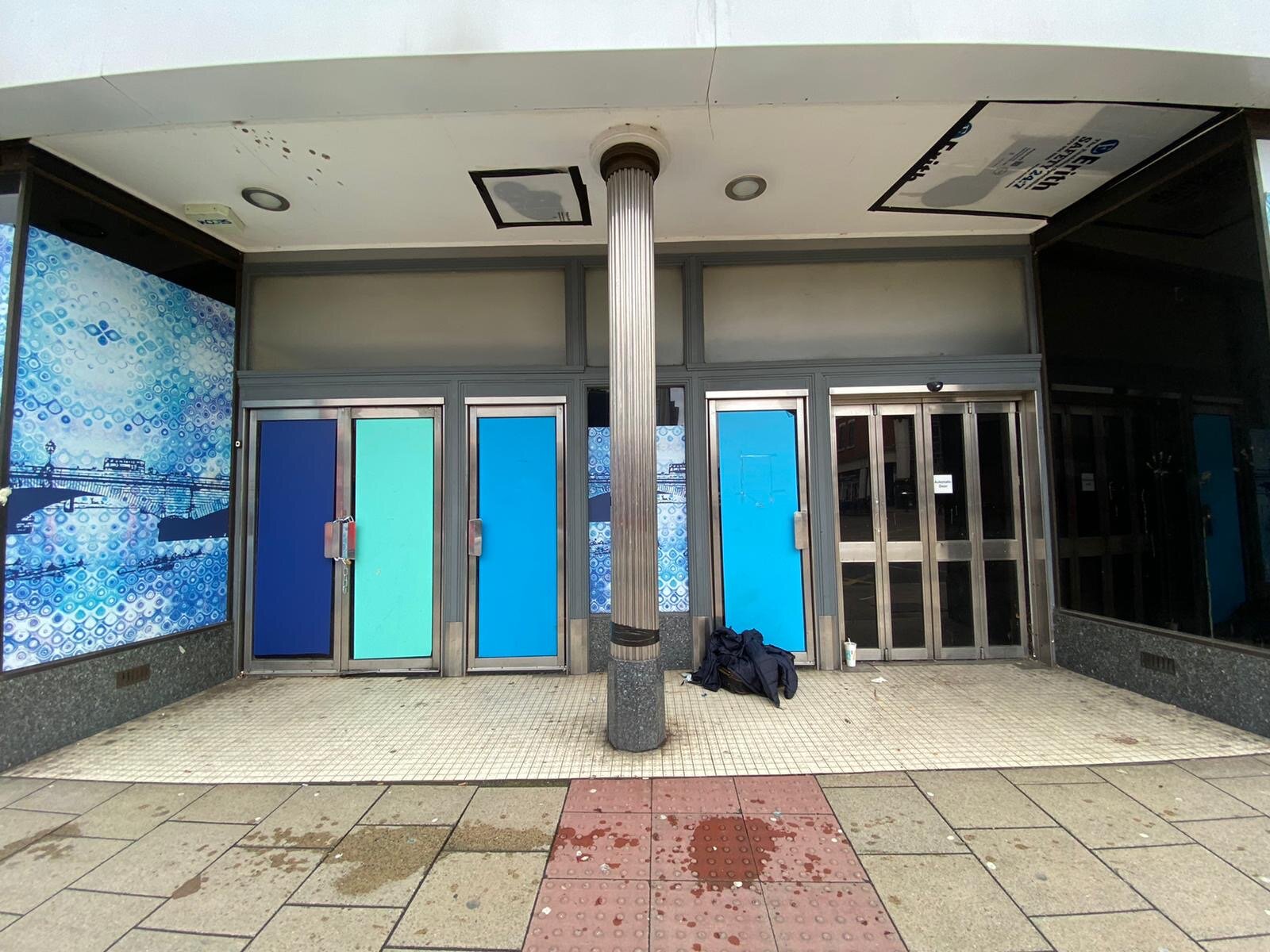Our high streets are struggling to compete with online retailers and the change in buyers shopping habits. Large chains across the world are shutting down, for example, fashion chains Karen Millen and Coast recently announced closures. They had over 100 stores between them. Fast-growing online fashion chain Boohoo snapped up the brands following their collapse. Throughout the UK the number of empty shops already stands at a record high. In July 2019 the proportion of all shops that are empty reached 10.3%, its highest level since January 2015.
New research also indicates the top 150 UK retailers have 20% more store space than they need and can afford. Because of this, shoppers are making fewer visits to our high streets.
So you may ask, what is now enticing people to go out into our streets and visit our retailers?
What can we do to help entice people to visit our high streets?
Greenery! Healthy streets help get people outdoors and down the high streets. Additionally, reducing cars by having more pedestrianised areas.
Pedestrianisation is important because it aims to improve pedestrian’s safety and mobility. Another important benefit is related to the environment. These schemes can help to reduce both noise and pollution by discouraging or restricting access of non-essential vehicles. Furthermore it helps to promote walking as a transport mode by making the walking experience more enjoyable. Pedestrianisation creates a pleasant environment that people can involve in different social, cultural and tourism activities as well. Once the streets are pedestrianised this then additionally allows for more space for added greenery.
The healthy high streets report, by the Public Health England describes one factor contributing to an unhealthy high street is a lack of green infrastructure. The report stated that deprived inner-city areas have up to five times less good quality green spaces and higher levels of pollution than other urban areas. With the direct health impacts including increased vulnerability to heat island effects, increased risk of cancer, childhood and adult asthma, heart disease and dementia.
Green infrastructure has a number of positive impacts in a number of ways, including: promoting biodiversity, removing particulate matter from the air, improving flood risk management, encouraging physical activity and benefiting mental health, providing shade and shelter, reducing the risk of heat island effects, and creating a sense of place.
Parklets are a great option for greening up the high streets, and provide a space for the community to engage with each other. Additionally, businesses where Parklets are located outside have shown an amazing 20% to 30% uplift in revenue within the first 12 months.
A new trend in London’s Business Improvement Districts is greening up the high streets with these Parklets, planters and green screens, which screen off empty units, until they are relet. Essentially, this helps attract more people to our high streets and provide a unique shopping experience.
An example is Neal’s Yard, the colourful corner in Covent Garden, London. Tucked away down a tiny side street is the courtyard, which is named one of London’s prettiest streets by Secret London. Every business in the area is committed to sustainable and ethical commercial practices. The reason why everyone wants to visit this slice of paradise is of course the great shops, but also the atmosphere created through all the planting in the area. From colourful window box plants to trees - this courtyard is an urban heaven.
Less healthy high streets have high levels of air and noise pollution, causing users to feel or to be unsafe due to crime and degradation, and have non-inclusive design.
Not only does greenery help attract people to our high streets, it also helps with air pollution. The pregrown Ivy Green Screens are rated by NASA as one of the best plants to improve air quality. A study by Defra and the GLA showed that the use of Green Screens reduced air pollution by “up to 36% and 41% for NO2 and PM10, respectively”.






